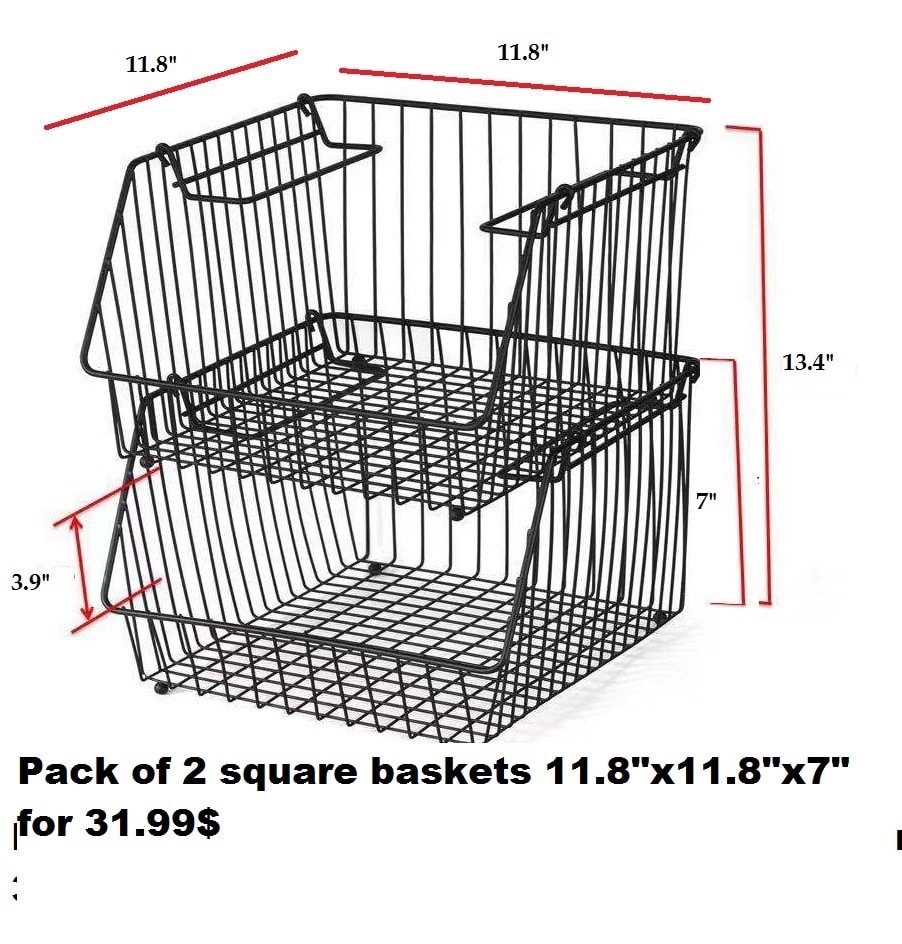One of the best things about PickFu is that you can get attitudinal survey feedback from an objective audience.
Let me clarify.
An attitudinal question measures subjective things — opinions, emotions, perceptions, and judgments — almost always using a rating scale.
You’ve probably met an attitudinal question before — many times.

These questions appear on everything from childhood wellness evaluations at the pediatrician to online surveys that brands send to customers.
They’re important because they measure how people feel about things, often asking the same question framed differently for an accurate result.
When businesses are just starting out or don’t have tons of customers, people often rely on attitudinal polls they share with Facebook friends.
Here’s the thing: your friends aren’t an objective audience. They already like you, know you, and might slant their answers because of that.
In addition, your Facebook friends may or may not be your target audience.
PickFu respondents, on the other hand, can answer subjective questions with a completely objective bent. They don’t know you
And you can send your attitudinal surveys only to people in your ideal audience.
How cool is that?
Here are seven tips for creating an effective attitudinal survey.
1. Stay in the moment
One thing you don’t want to do when you’re writing an attitudinal question is pave the way for your respondents to wander into past memories.
Keep things in the present tense. For example, take a look at this recent PickFu poll.
Just the photo of this product looks intriguing, if somewhat baffling. Here’s the attitudinal question the user asked: “What are your thoughts of this device, [a

One PickFu respondent who gave the idea five stars out of five said, “My kid would think this is the most adorable thing in the world. She would look forward to tucking it in at night.”
Another brought up the point that this could be a fun toy for kids with cat allergies.
Many parents chimed in saying that their kids would love the toy and even find it comforting.
Can you imagine how different the responses would be if the user had asked, “Would you have liked this when you were a kid?”
Instead of focusing on today’s kids (the target audience), you would be getting information from a murky point in the past — and childhood looked a lot different from generation to generation.
By keeping the question in the present tense, you invite answers that are relevant to your audience now.
2. Avoid using leading words
One thing the PickFu user above could have done differently? Gotten rid of the leading word in the second question:
“Would it be great for kids?”
You can practically hear the “Or what!” at the end of this question, as in, “Would it be great for kids, or what??”
In this example, the product’s creator is a little too excited about the product they’ve worked hard to build. Of course the seller thinks it would be great for kids!
But to keep everything objective, remove your own bias from the question.
Instead, you could specifically target an audience of parents and ask, “What would your kids think of this product?” Or, “Would your kids play with/enjoy this product?”

These neutral questions invite the audience to come to their own conclusions — unassisted by you.
And only with this type of honest, frills-free feedback will you know what your market really thinks about your product.
3. Keep it short and uncomplicated
The longer your attitudinal survey question, the harder your respondents have to work to answer it.
They might even be tempted to skip much of the question and just form an answer based on the gist of it.
But the gist is not what you want them to focus on. Since most of us are busy and short of time anyway, the best thing to do is make it easy for respondents to read the questions.
Take a look at this PickFu survey.

The question reads, “If you were bottle feeding a baby would you buy this bottle that cools the water to room temp in 2 minutes for under $40 US on Amazon?”
For starters, this sentence lacks punctuation. It’s also long for an attitudinal survey question, clocking in at 28 words when 10-15 is ideal.
And then it stuffs a lot of information in at the end of the sentence.
It’s not that this info is bad. In fact, it’s helpful to know. But splitting this sentence into a statement and then a question might have garnered better ratings.
Let’s rework it:
“This baby bottle cools water to room temperature within two minutes. Would you purchase it?”
This is much shorter and easier to answer while still providing the information a reader needs in order to form a rated answer.
Yes, we leave out where you can find it (Amazon) and what you pay for it.
Because those should be separate questions, as you’ll see in tip #4.
4. Don’t ask more than one question at once
Ideally, each question will stand on its own. People may feel differently about more than one question: for example, a mother might like that the baby bottle can cool water quickly but prefers to spend $10 per bottle.

What would she give as a rating? Five stars because she likes the concept, or two because she doesn’t like the price?
Respondents had a tough time answering the question because there were several things to react to within the sentence. One respondent, who answered with one star, said “The price is way too high. And why room temperature??”
A woman who gave it two stars said, “I wouldn’t want a bottle to cool down what I would assume I would use for breast milk….In addition, I do not like the design since it is too shiny for me to want to look at for more than 5 seconds.”
Instead of asking multiple questions or even adding multiple phrases at once, run different polls to get an accurate answer to each one.
The baby bottle product creator could run several different polls with a five-star rating scale, where 1 represents “I strongly disagree” and 5 represents “I strongly agree,” like this:
- “I would use a baby bottle that cools the liquid inside to room temperature.”
- “$40 USD is a reasonable price for this bottle.”
- “I would purchase this bottle from Amazon.”
- “I like the design of this water bottle.”
- “I would prefer a less colorful design.”
Using these types of statements would allow the brand to get focused answers on each aspect of the bottle that they’re trying to test.
They could choose the most important of these questions and then use a software like Canva to add information about features and pricing to the

This way, the same information is available for every poll. You can then ask questions focused on each variable.
5. Make room for both negative and positive feedback
In order to get a balanced idea of what your potential customers think of a product, it’s important to run polls with a blend of positive and negative statements.
This PickFu user posted a link to the listing below and asked, “Rate this cutting board listing on Amazon on a scale of 1-5. After reviewing the listing, what questions/concerns do you still have about the product?”

This is a perfect example of a balanced attitudinal survey question, because the user presented what they wanted respondents to do and then invited feedback — be it negative or positive.
The statement has no bias, so respondents were able to reply with a full range of opinion.
One woman gave a five-star
Another rated it four stars and brought up a concern that the brand could find valuable: “I would want to know how to wash it. I have a bamboo cutting board that I never use because I don’t know how to wash it.”
A respondent who gave the listing a five-star rating said, “This is a very thorough listing! All the questions I had after seeing the description were answered by clicking through the photos on the left.”
Not only did the brand get ratings based on their attitudinal statement and question, but they also got important feedback.
6. Never say never, always, or everybody
If you’ve ever argued with a partner, you know how inflammatory “always” statements can be.
You’ve always been so needy!
You never help me clean the kitchen.
Why can’t you be like everyone else?
You may feel like these statements are true, but that’s just it: your feelings are getting in the way of holding an objective, constructive conversation.

In an attitudinal survey, your job is to avoid these statements. They push participants to choose an extreme opinion instead of allow them to decide for themselves what they feel strongly about.
The rating scale allows them to do that.
7. Steer clear of jargon
The last thing you want to do is confuse your reader, so resist the temptation to show off your chops with field-specific jargon.
Jargon confuses anyone who isn’t in the field, which is a detriment to you because they won’t be able to provide the type of feedback you need.
In addition to keeping your attitudinal survey questions short, you’ll want to keep them simple and easy to understand.
Attitudinal surveys should serve everyone
Attitudinal surveys are an effective tool to help you learn something about your target market.
For your survey-takers, the questions provide a space for them to honestly and frankly offer their input on your product.

In short, these surveys and questions can be empowering and beneficial for everyone involved.
By following our seven tips, you’ll create surveys that help you build a better brand for the people your products serve.
PickFu offers a wide range of audience specifications, so you can ask your target market everything you need in order for your product to succeed.
In a PickFu Solo poll, you can select a starred rating system. For best attitudinal survey results, define the value of each star like this:
- One star — strongly disagree
- Two stars — disagree
- Three stars — neutral/not sure
- Four stars — agree
- Five stars — strongly agree
Another idea is to start your question with “How interested would you be in (your idea or product)…”
Create your PickFu poll today!



